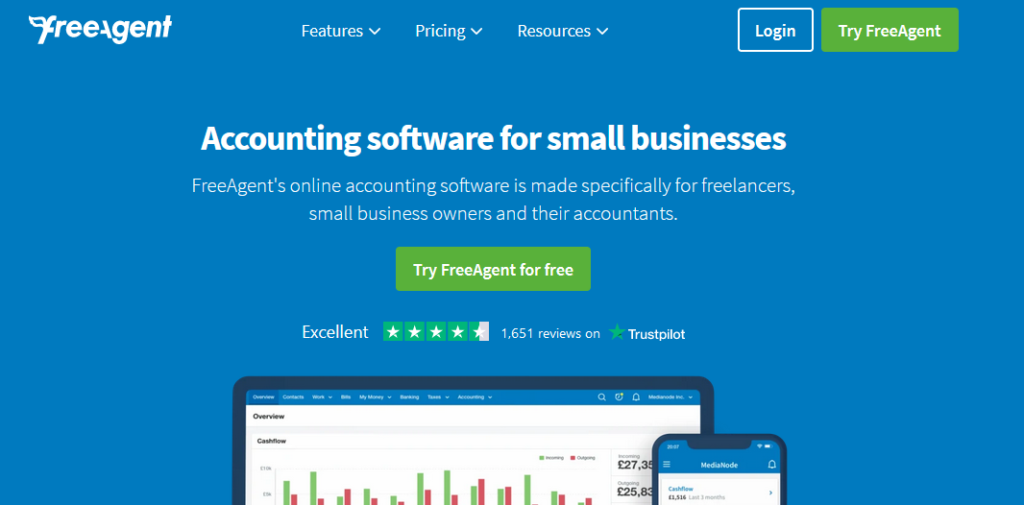

This project status makes it easier to serve each client’s needs, ensuring higher customer satisfaction. You can check in to see an overview for every client, such as the start date, current tasks, services, and more. Workflow systems also help show each project’s status - for both past and current projects. At the same time, these processes show each lead how your services are ideal for solving their problems. Creating a lead generation workflow means that you’re connecting to people who need your services. Not only do you need systems to bring in new leads, you also need to understand the behavior of these potential clients and how likely they are to use your services. When you have a clear onboarding workflow, your new clients will have confidence in the quality of your services. Onboarding is the process of collecting information from the client, identifying potential issues, and integrating effective systems in accounting practices. When working with a new client, the first few interactions are critical to determining the overall outcome. Accounting workflows increase transparency among coworkers, helping the team hold each other accountable and maintain clear communication. How are you holding team members accountable for daily, weekly, monthly, and quarterly tasks? You need a plan to ensure no one overlooks anything in a project. How can you use workflow systems to improve your accounting processes? Consider using these workflows in your office:

In addition, you can continue to improve your operations by reviewing, testing, and adjusting workflows to evaluate how your team is performing.

Speeding up processes and improving the overall quality of work has a direct impact on operations. When you can see and manage all the tasks it takes to complete a process, you eliminate bottlenecks and produce excellent results for each project.Īn effective workflow offers a significant ROI for your business. Ideally, an accounting workflow will manage client information and enable communication among your team members. Why accounting workflows are necessary for your firm Designing a workflow involves determining the best way to complete a project from start to finish, then following that process to ensure high-quality outcomes. For example, when you pass information between people or systems, you need a workflow to make sure relevant data is transmitted correctly. These systems not only improve productivity, but they also reduce the risk of redundant effort and human error.Ī workflow is a predefined sequence of tasks for processing specific information or data. While it takes time to implement new workflows, it’s worth the effort. Optimized workflows guide your team and lead to consistent results.


 0 kommentar(er)
0 kommentar(er)
